SLS3Dプリンティングとは
選択的レーザー焼結(SLS)は、選択的レーザー焼結または選択的レーザー焼結技術とも呼ばれ、米国テキサス大学のカール・デッカードが最初に提案し、1992年に商用プロトタイプ装置が正式に市場に投入された。
レーザー焼結3Dプリンティング技術は、主にレーザー照射下での粉末材料の高温焼結を基本原理とし、コンピューター制御の光源位置決め装置により精密な位置決めを実現し、層ごとに焼結・積層する。したがって、SLS技術も積層造形法を採用している。主な違いは、照射前に粉末材料の層を積層する必要があり、その後、材料を融点よりやや低い温度まで予熱し、レーザー照射装置で層の断面を走査することで、粉末の照射部分の温度が融点まで上昇し、焼結して結合を形成する。その後、モデル全体が印刷されるまで、粉末の敷設と焼結のプロセスを繰り返す。

SLSプロセスは、主に金属粉末や非金属粉末などの粉末原料を支持し、レーザー照射と焼結原理によって積層する。SLSの印刷原理はSLAのそれとよく似ているが、主な違いは使用する材料とその形状にある。SLAで使用される原材料は主に液状の紫外線感応性硬化樹脂であるのに対し、SLSでは粉末状の材料が使用される。
SLS 3Dプリントの仕組み
√印刷中、印刷室全体は常に粉末材料の融点よりわずかに低い温度に保たれる。
√ 材料粉末を成形部品の上面に散布し、平らに削る。
√ 高強度炭酸ガスレーザーを用いて、新たに積層される部品の層部分に照射する。高強度レーザーの照射により材料粉末が焼結し、下の成形部品と接合する。
√断面の層が焼結された後、新しい粉末材料の層が粉末敷設システムを通して敷設され、次の断面の層が印刷される。
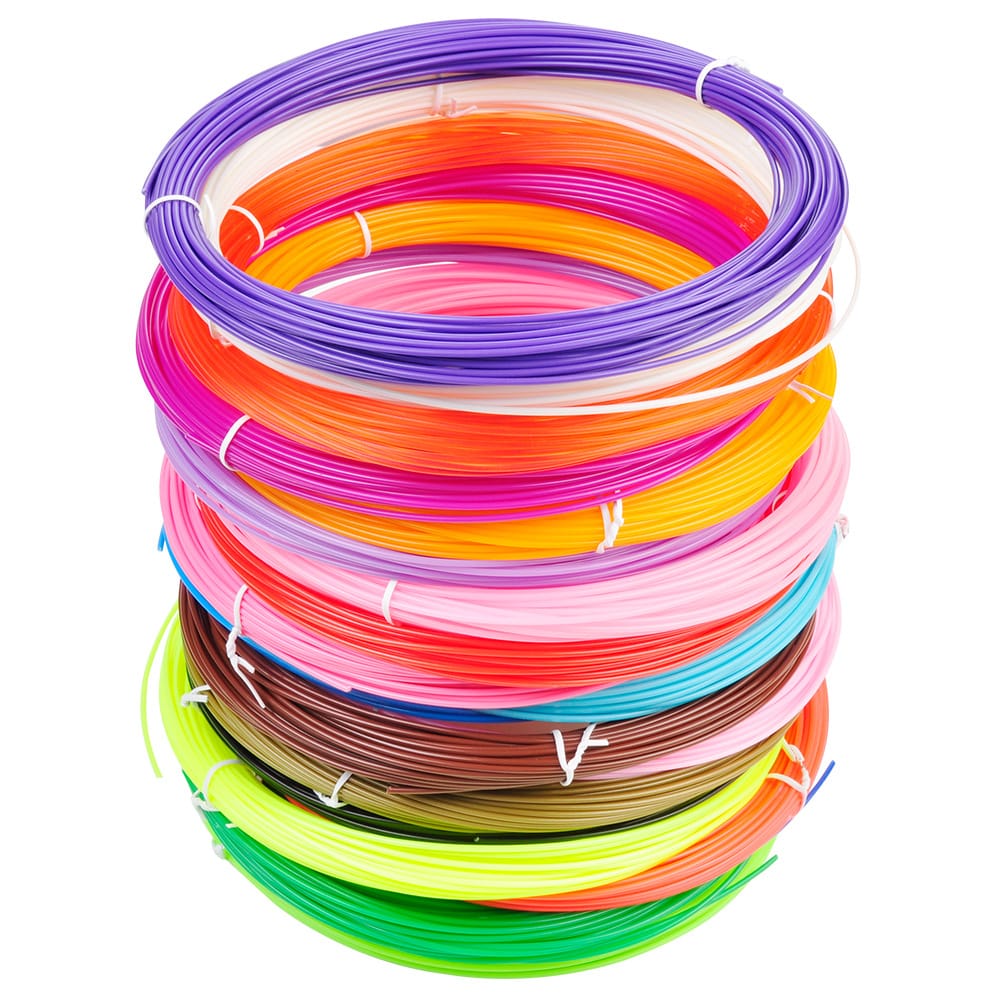
SLS3Dプリンティング材料
選択的レーザー焼結法(SLS)は、機能的なプロトタイピングと最終用途の製造の両用で有名な汎用性の高いエンジニアリング熱可塑性プラスチックであるナイロンを主材料として頻繁に使用します。
SLSナイロン部品は、強度、剛性、耐久性の面で優れています。これらの最終製品は卓越した耐衝撃性を持ち、その完全性を損なうことなく、繰り返しの摩耗や損傷に耐えます。さらに、紫外線暴露、光、熱、湿気、溶剤、温度変化、水に対するナイロン固有の回復力により、性能と寿命が長持ちします。
さらに、SLSナイロン部品は生体適合性と非感作性があるため、皮膚に直接触れても安全で、さまざまな用途に適しています。この汎用性と耐久性により、SLSナイロン部品は、堅牢で長持ちする部品が最も重要な自動車から医療まで、多くの産業で最良の選択肢となっています。
SLSの長所と短所
SLSの利点:
(1) 高い強度と優れた材料特性を持つ製品を製造でき、最終製品として直接使用することもできる。
(2) エンプラ、ワックス、金属、セラミックパウダーなど、原料の種類は多い。
(3) 部品製作時間が短く、印刷物の精度が非常に高い。
(4)サポート部品の設計・製作が不要。
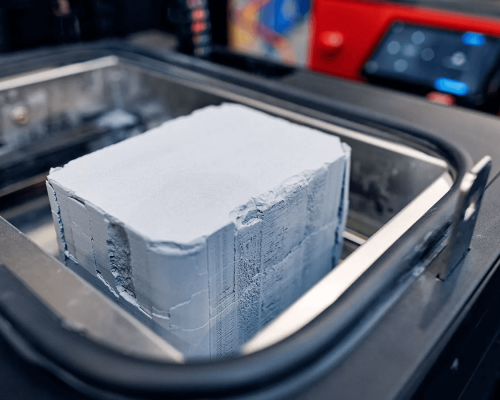
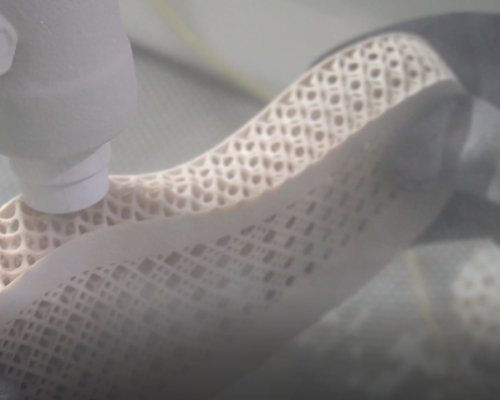
SLSの欠点:
(1)主要部品は損失が大きく、特別な実験室環境を必要とする。
(2)印刷時に安定した温度管理が必要で、印刷前後に予熱・冷却が必要で、後処理も面倒。
(3)原材料価格や調達・メンテナンスコストが高い。
(4)成形面は、粉末粒子の大きさとレーザースポットによって制限され、これが印刷精度に影響する。
(5) 完全に密閉された中空デザインを直接印刷することは不可能であり、粉末材料を除去するために穴を空ける必要がある。
その他の製造能力
3Dプリンティング、CNC機械加工、真空鋳造、射出成形、板金加工に特化し、さまざまな素材や表面仕上げを提供しています。

CNC加工
ミルターン複合マシニングセンター、標準3軸、連続5軸、3+2軸フライス盤、ドリル加工、50種類以上の金属とプラスチックを使用した後加工があり、15種類以上の表面仕上げが可能です。公差は±0.0000394"(0.001mm)まで対応。
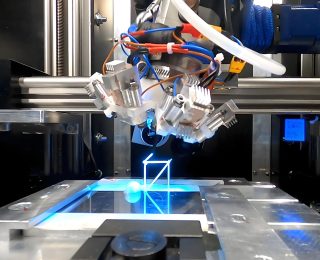
板金加工
HOFengのロボットCO2溶接、ロボット研磨、ロボットレーザー溶接、レーザープラットフォーム溶接、レーザー切断機、ハンドヘルドレーザー溶接、CNCパンチマシン、ベンディングマシン、自動バリ取り機を装備し、大量生産アプリケーションに対処するための速度と能力を向上させます。
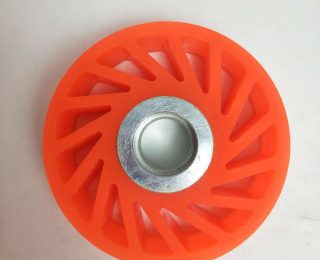
ウレタン鋳造サービス
部品の急速なプロトタイピングおよび生産のために作ることは、10日、あらゆるpart.Ourのための100%点検のための100%検査証明されるISO 9001はあなたの製品開発の等級質をあらゆるbatch.Weであるポリウレタン材料の専門家届ける
